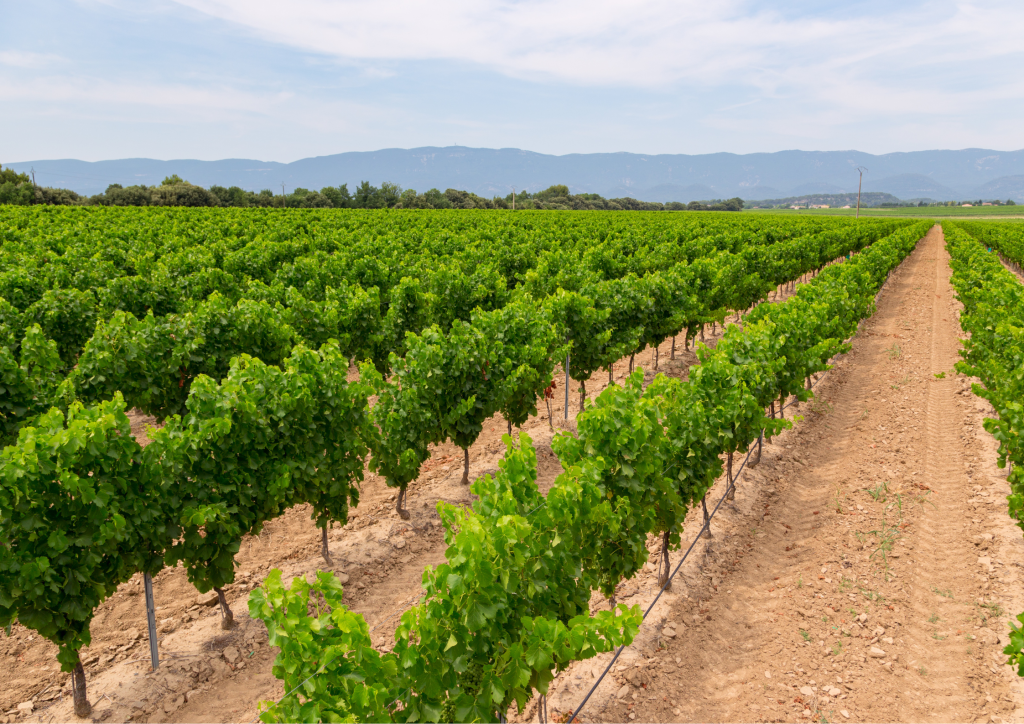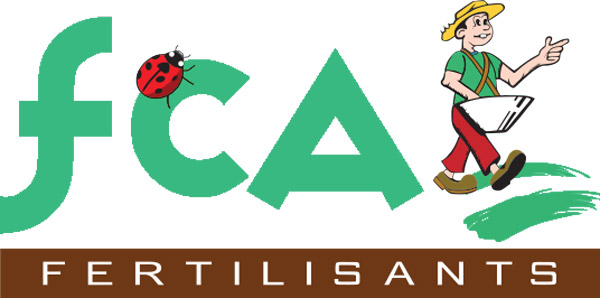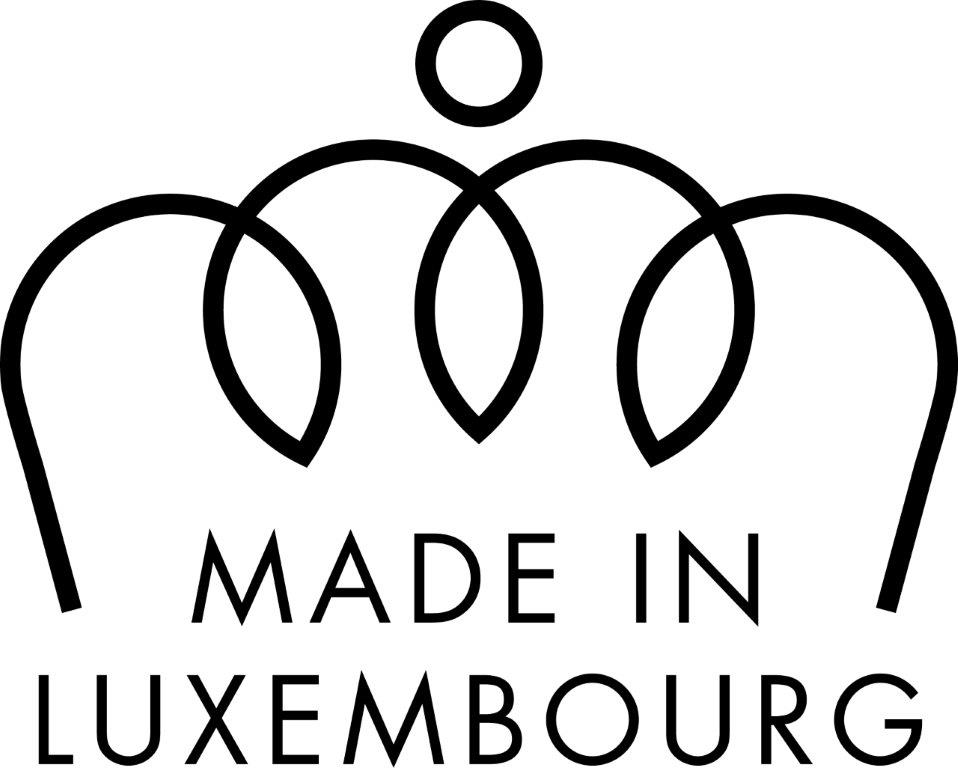Foliar fertilizers and root fertilizers: each has its own role
Plants feed first and foremost through their roots. They are capable of absorbing the major elements and trace elements contained in the soil in the form of ions (nitrogen, phosphorus, potassium, etc.) as soon as they are available in the soil solution. This absorption by the plant is made possible by leaf transpiration.
It is at the level of its leaves, more precisely of these stomata, that the plant absorbs the CO2, necessary for photosynthesis, and releases oxygen by respiration, and water by transpiration. In order to compensate for this loss of “transpired” water, the plant absorbs water loaded with mineral elements from the soil.
To meet all its metabolic needs, the plant must have access to all mineral elements, whether major (nitrogen, phosphorus, potassium, calcium, magnesium and sulphur) or trace elements (copper, boron, manganese, zinc, etc.). . However, under different conditions, its root absorption is limited or incomplete:
- soil pH
- clay and/or organic matter content
- antagonism between elements
- hydromorphy or dryness
- temperatures
- biological activity
To overcome these deficiencies, whether they are induced deficiencies (the element is present but is not absorbable) or true deficiencies (the element is not present), the use of foliar fertilizers is the complementary solution to root fertilizers .
Foliar fertilizers: why does it work?
To answer the question: why the addition of foliar fertilizer has an impact on plants, we must first return to the roles of trace elements.
Trace elements are involved in multiple metabolic functions of crops: photosynthesis, growth, nitrogen fixation, protein synthesis, etc. They are cofactors in numerous enzymatic reactions.
As a car without a key cannot start, enzymes without trace elements cannot perform their functions.
Trace element nutrition is therefore vital for plants, although the quantities required are very small. For example, 1 hectare of vines consumes 100 times more potassium over a cycle than all the trace elements necessary for its growth!
Given the number of factors that can influence the root absorption of elements, the risk of a deficiency during the crop cycle is high. This is why supplementation with foliar fertilizer, even minimal (around 1 or 2 litres/ha), will have a positive impact on the yield and/or the quality of the crop.
Trace elements: a minimum need for maximum absorption
Insofar as the needs of plants in trace elements are very low but vital, the challenge is not to provide them in quantity, but to ensure their absorption by the plant. Several strategies are then possible and can then complement each other:
Increasing the “wetting” and “sticky” power of trace element droplets promotes their contact with the leaf surface. Their penetration to the transport vessel in the plant is thus facilitated.
Combining these trace elements with native plant compounds improves their transport in the plant. Recognized by the plant, these natural chelates will then enter directly into the plant cells after having played this role of carrier.
Promoting the conduction of sap through the plant amounts to improving the pump effect. The combination of native plant compounds and trace elements thus improves root absorption, effectively creating a synergy between soil fertilizer and foliar fertilizer.
Consequently, foliar fertilizers have 2 major interests: providing the trace elements essential to plant metabolism and promoting the absorption of fertilizers applied to the soil.
They are therefore an integral part of a complete crop fertilization process because by promoting the root assimilation of fertilizing elements they increase yields and the quality of crops.







